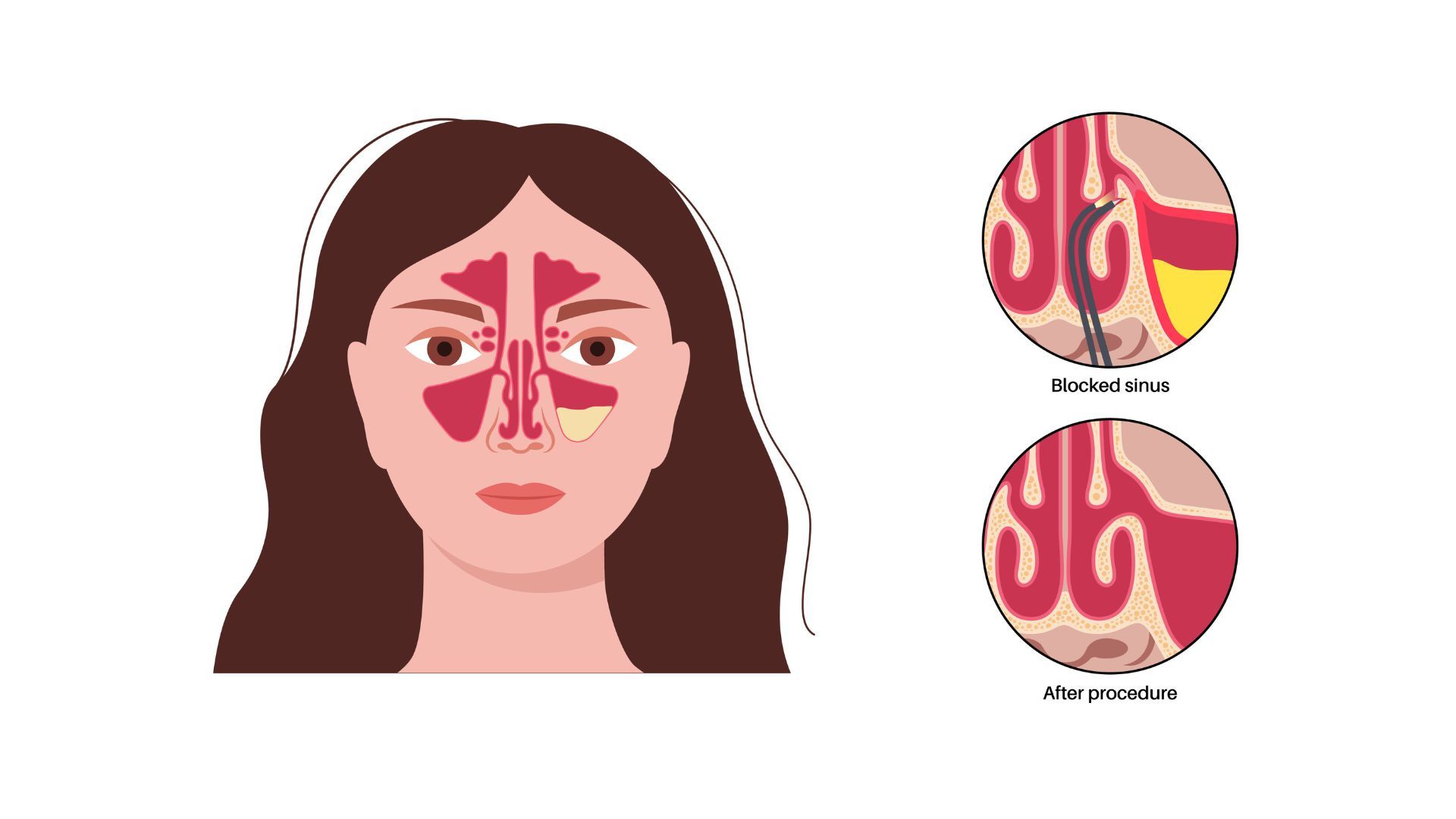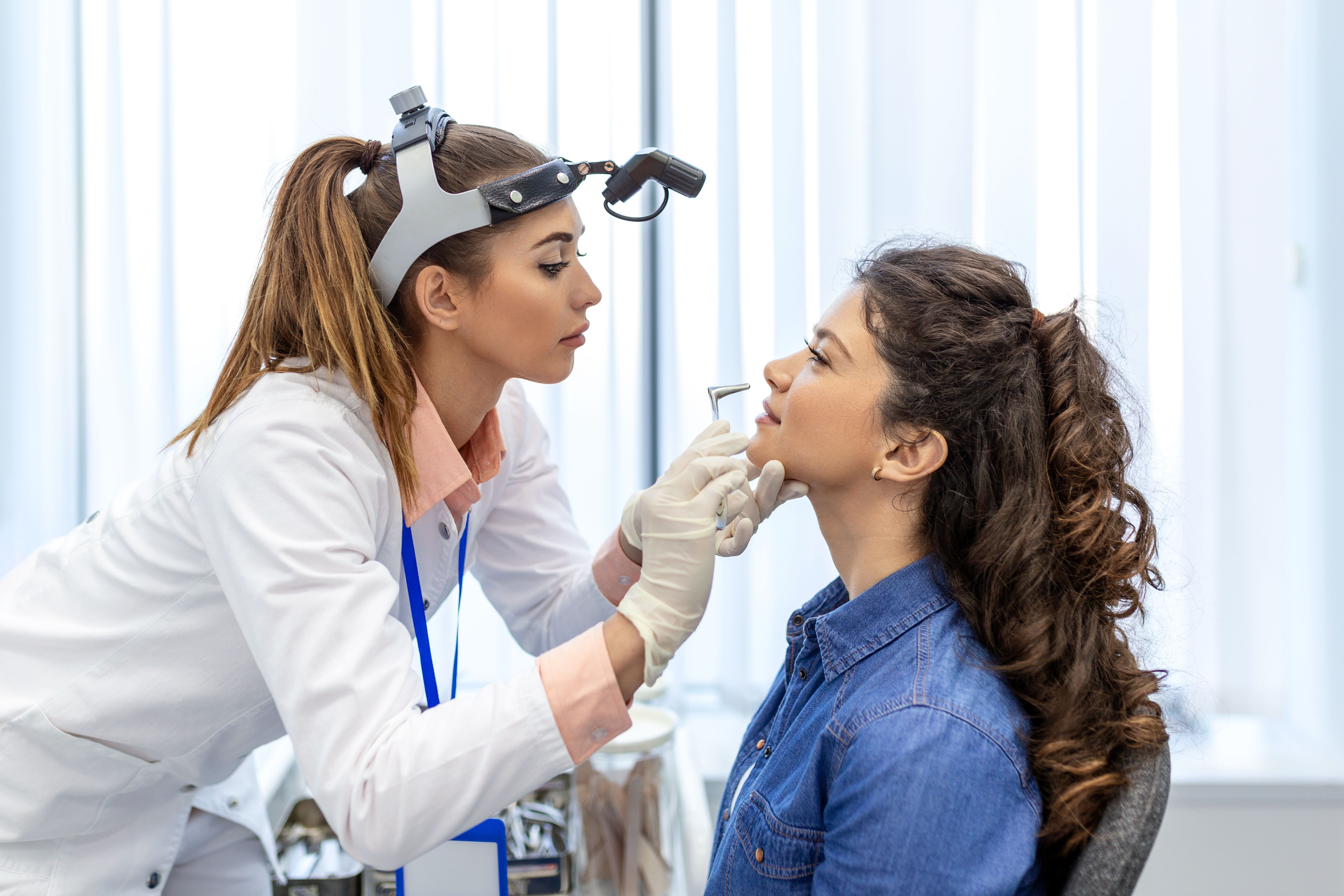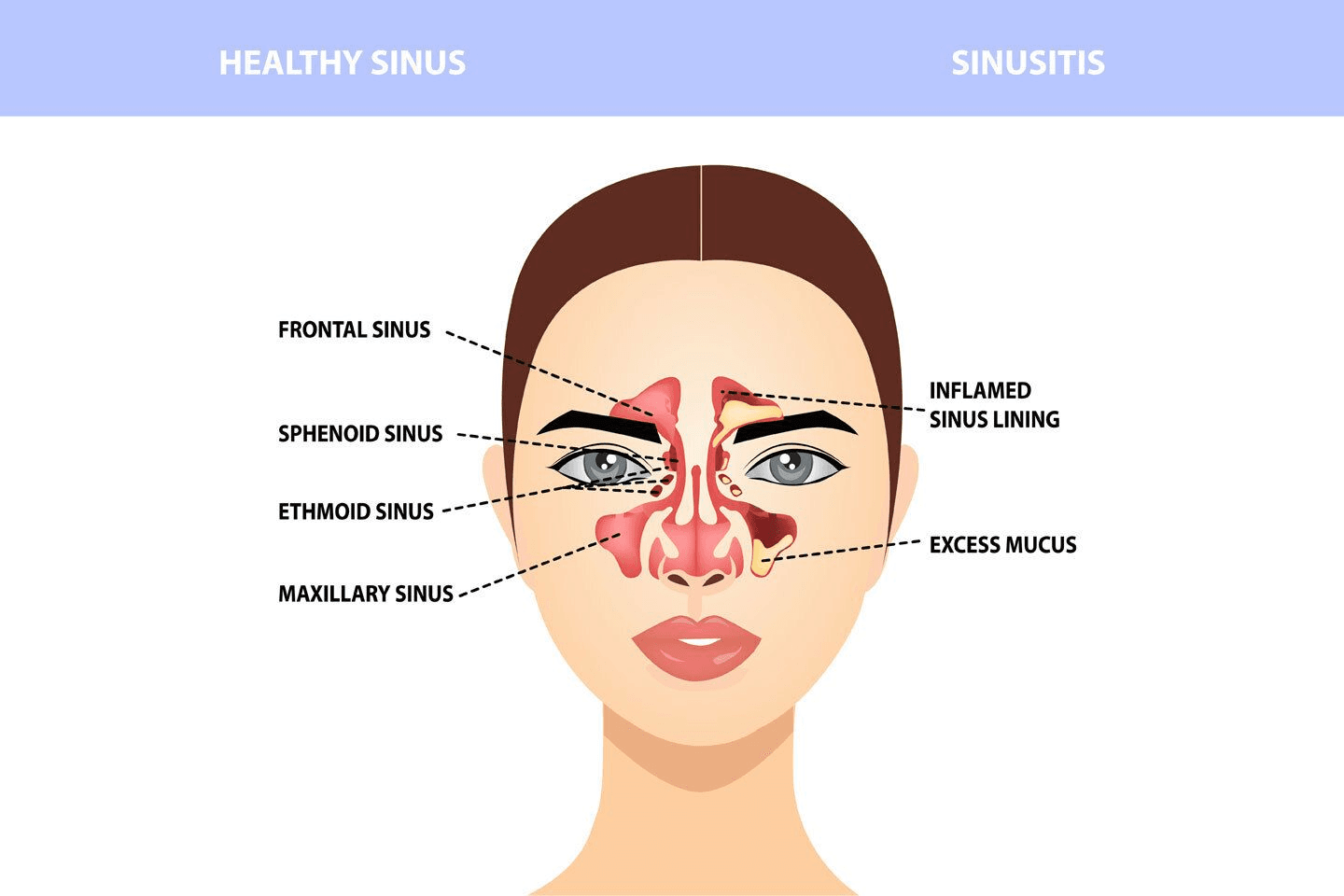
Novel Advancements in Sinus Surgery for Positive Outcomes and Speedy Recovery
Introduction
The need for medical intervention for treating sinusitis depends on the severity and duration of the inflammation of the nasal passage or sinuses. Sinusitis, a disease of the inflamed sinuses, is a benign disorder that can be cured with medications and other alternative remedies. Every sinusitis is not required to be treated surgically. However, chronic conditions need to be surgically addressed if patients do not respond positively to other remedial measures. The need for surgical intervention arises due to severe consequences of untreated chronic sinusitis, which may include exacerbated asthma or meningitis.
Advancement in treating sinusitis with surgery has opened options for better patient care and outcomes through minimal invasiveness, faster healing, and speedy recovery.
This blog discusses the various sinus surgeries and the role of each in addressing the symptoms of sinusitis and relieving the patients from the associated discomfort.
Sinusitis and Its Types
The inflammation of the paranasal passage is called sinusitis, while that accompanied by nasal airway inflammation is called rhinosinusitis. Sinuses are cavities or air-filled spaces in the skull. These cavities help in air filtration during inhalation.
Healthy sinuses are regularly drained, allowing a smooth airflow through the nasal passage. When the cavity gets infected and the mucus is not drained, it gets blocked. This obstructs the nasal passage and makes air filtration difficult.
The duration of the sinus infection determines the type of sinusitis. The acute condition lasts for less than four weeks. Viruses and bacteria are the primary causes of acute sinusitis. Subacute sinusitis lasts for more than four weeks but less than twelve weeks. Chronic sinusitis symptoms last for more than twelve weeks, with a recurrence of four episodes in one year. It has multiple contributing factors, from allergies to dust, cigarette smoking exposure, structural abnormalities like polyps, immunodeficiencies, fungal infections, or other conditions such as asthma.
The Common Symptoms of Sinusitis are -
- Green or yellow nasal discharge
- Nasal congestion
- Facial and dental pain
- Headache, ear pain
- Bad breath
- Fatigue, cough
Sinusitis Treatment
The management of sinusitis starts with a diagnosis of the causes of the disease. The condition could be nasal obstruction, inflammation, infection, or structural abnormalities like polyps. The various diagnostic tools include-
- Fiberoptic nasal endoscopy- The test provides detailed images of the cavities, enabling examination of the inflammation, mucus drainage, polyps, or other nasal abnormalities.
- Allergic test- if during physical examination, the doctor finds that the patient might be allergic, leading to infection, he recommends an allergic test through a simple blood test to diagnose the cause and condition of the allergy to infection.
- CT Scan- when the doctor needs to know the extent of the infection and detailed anatomy of the cavities, he may recommend a CT Scan. The 3D images of the cavities through X-rays help view the condition and location of the inflammation and other structural abnormalities, otherwise not noticeable through endoscopy.
Surgical Intervention for Chronic sinusitis
Surgical procedures come into play when the patient does not get positive results from self-care or other medications and remedial measures for treating the disease. Chronic sinusitis has adverse consequences in the long run if not treated. Hence, it must be addressed effectively and timely through sinus surgery if other methods do not yield the desired results.
Self-care measures include fluid intake, saline nasal spray, humidifier, warm washcloth on the face, saline squeezer, or steam inhaler. The medications for unhealthy sinuses include administering doctor-recommended nasal steroids, oral steroids, nasal saline irrigation, decongestants, antibiotics, or antihistamines. The medication must be as per the doctor’s advice and guidance. One should always avoid self-medication.
Advancements in sinus surgery have witnessed significant improvement, ensuring efficacy and safety in sinus treatment through minimal invasiveness, less pain, faster healing, and speedy recovery.
Sinus treatment through advanced surgery includes-
- FESS- Functional Endoscopic Sinus Surgery- As an outpatient surgery, FESS is a simple and standard surgical treatment option for unhealthy sinuses. The surgery involves widening the nasal passages between the nose and the sinuses to remove the infected bone or tissues obstructing the drainage of the mucus. With small incisions inside the nose, the surgeon inserts an endoscope to view the inside of the nose and the sinuses. The endoscope guides the surgeon during the surgery. It helps drain the sinuses, flush out the infection, and enable the development of healthier tissues in the nose. Nowadays, surgeons use CT scans and 3D images for a detailed and accurate view of sinus cavities and to minimize any damage to the blood vessels and tissues that do not need removal.
- Balloon Sinus Ostial Dilation- For patients with mild sinusitis, no polyps, or sinuses in maxillary, frontal, or sphenoid cavities, Balloon sinuplasty is used to drain the mucus and relieve the patient of sinus symptoms. With a balloon placed at the tip of the flexible catheter, the otolaryngologist inserts the catheter under endoscopic visualization. When it reaches the correct position, the balloon is inflated to open and widen the sinus cavities. With the injection of the saline solution, the mucus gets flushed out, and the patient experiences relief and comfort. The procedure does not require incisions as it is done through the nostrils.
- Turbinate Reduction- The turbinate is a small bony structure inside the nose that cleanses and humidifies the air that passes through the nasal passage. It is surrounded by vascular tissue and mucous membranes on the outside. This membrane may get inflamed or swollen due to infection, obstructing the nasal passage. During turbinate reduction surgery, the surgeon reduces the size of the turbinate with a needle-like instrument inserted inside the nose. The procedure is done under local anesthesia with generally no pain, physical change of the nose, or long-term side effects.
The other surgical options to treat sinusitis are Rhinoplasty (cosmetic nose reshaping), Septoplasty (surgical correction of the defects in the septum, that is, the bony and cartilage structure separating the two nasal cavities), or Rhinoseptoplasty (for complex septum deformity and improving nasal breathing). Each surgery aims to treat nasal obstruction, ensuring smooth airflow through the nasal passage.
MESIRE Sinus Balloon Catheter from Meril
MESIRETM Balloon catheter is a non-compliant balloon catheter designed to control the diameter of balloon expansion precisely. It is used in Balloon Sinus Ostial Dilation procedures for treating chronic sinusitis, recurrent acute sinusitis, or sinus revision surgery. It enables accurate balloon placement in the sinus ostia through visual indicators, enhanced tracking and retraction, and increased procedural efficiency.
Conclusion
Sinusitis is common and not severe. However, chronic sinusitis and other infections and conditions causing nasal obstruction or congestion that do not heal through self-care, medications, and other alternative modalities need surgical intervention. Chronic sinusitis, if not addressed timely through proper treatment, may lead to aggravated asthma or meningitis. Advanced surgical approaches have made sinus treatment minimally invasive and less painful, ensuring faster healing and speedy recovery. Most surgical procedures are outpatient, enabling the patients to go home the same day. With technological improvements, surgeons are trying better and more effective methods of treating disease.
References
https://www.socalsinus.com/the-future-of-sinus-surgery-latest-techniques-for-easy-breathing/#:~:text=Image%2Dguided%20sinus%20surgery%20is,precise%20placement%20during%20the%20procedure.
https://www.americansinus.com/blog/advancements-in-sinus-surgery-technology
https://www.ncbi.nlm.nih.gov/books/NBK441934/#article-29061.s2



